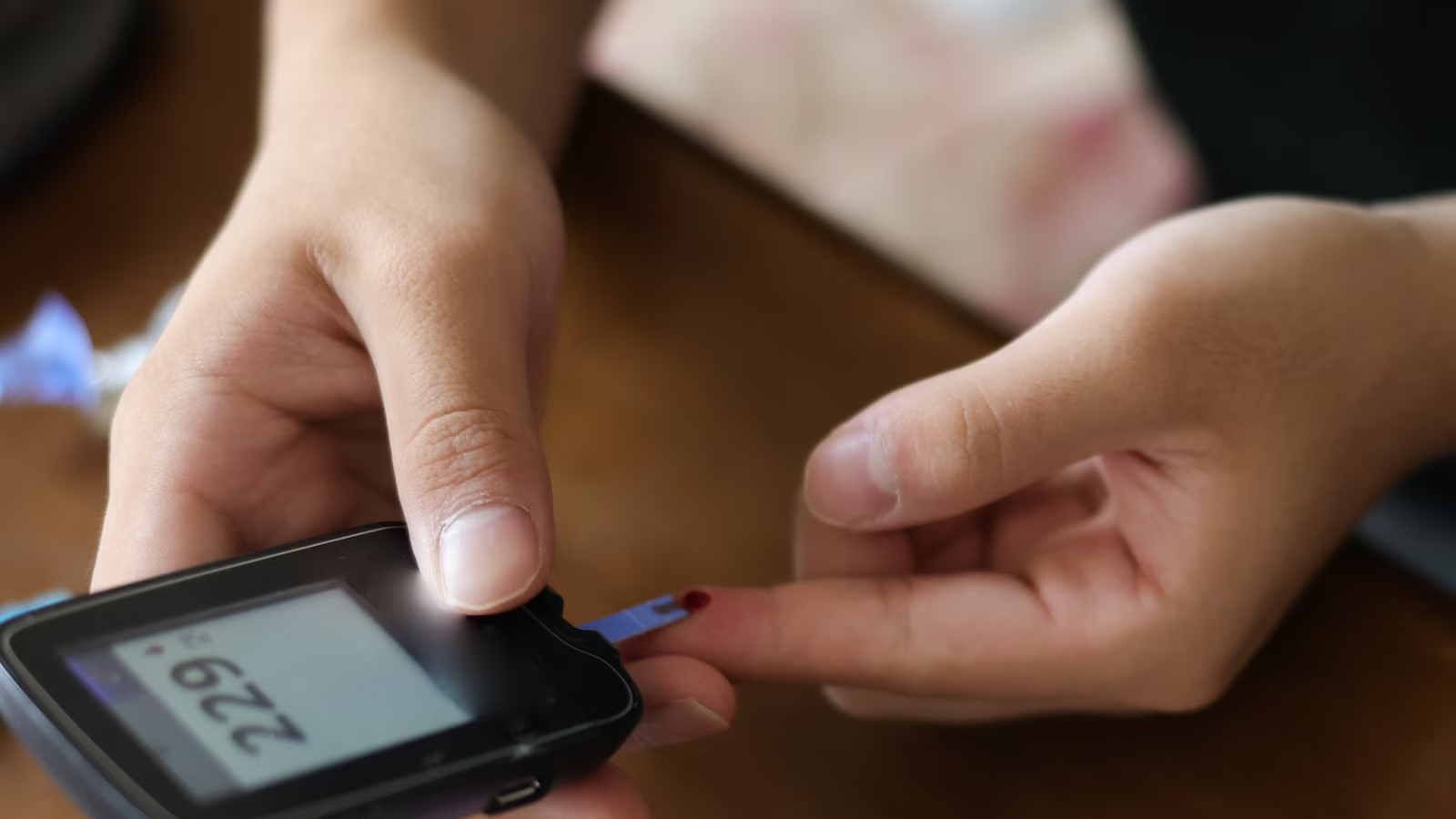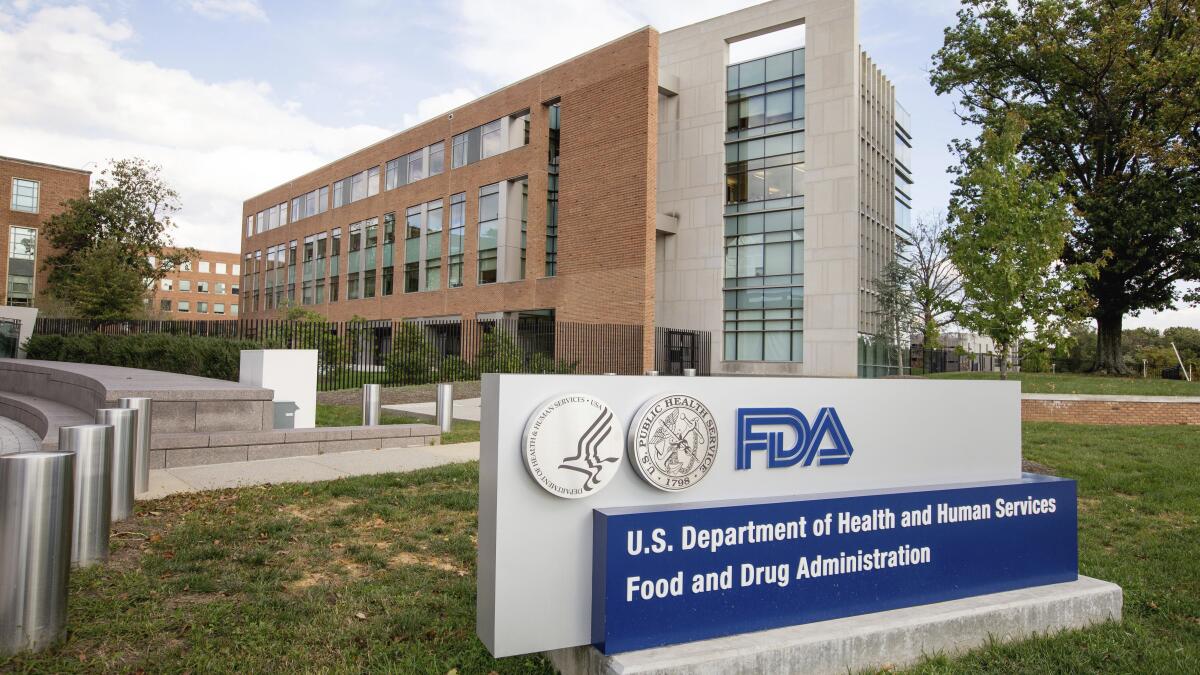
The Surprising Statistic: 1 in 3 Teens Affected
Recent data released by the Centers for Disease Control and Prevention (CDC) has sent shockwaves through health communities, educators, parents, and policymakers alike. The report reveals a concerning trend: one in three teenagers now exhibit signs of prediabetes. This statistic underscores a broader epidemic of metabolic health issues that is rapidly escalating among the youth of today.
Prediabetes is a condition characterized by blood sugar levels that are higher than normal but not yet in the diabetic range. If left unchecked, it often leads to type 2 diabetes, which can cause serious health complications such as heart disease, kidney failure, and nerve damage. The fact that such a significant proportion of adolescents are already showing early indicators of this condition is alarming and warrants immediate attention.
Decoding the Numbers: Why Are Teen Prediabetes Rates Increasing?
Contributing Factors Behind the Rising Trend
The surge in prediabetes among teenagers is not coincidental. Several interrelated factors contribute to this disturbing trend, including:
- Increased Sedentary Lifestyle: The proliferation of screen time, smartphones, gaming, and social media has led to decreased physical activity among teens.
- Unhealthy Dietary Habits: The widespread availability of processed foods, sugary beverages, and fast foods are major culprits increasing caloric intake and insulin resistance.
- Obesity Epidemic: Rising obesity rates among adolescents are strongly linked to the development of insulin resistance and prediabetes.
- Genetic and Environmental Factors: Family history of diabetes, socioeconomic status, and other environmental influences exacerbate vulnerability.
- Stress and Mental Health: Increasing mental health issues, such as anxiety and depression, can influence eating habits and physical activity, indirectly impacting metabolic health.
Implications of Early Prediabetes in Teens
The Long-Term Health Risks
Discovering that so many teens are already showing signs of prediabetes is more than just a statistical concern—it’s a call to action. The implications of unmanaged prediabetes include:
- Progression to Type 2 Diabetes: Without intervention, prediabetes often evolves into full-blown diabetes, which requires lifelong management.
- Cardiovascular Disease: Elevated blood sugar levels are linked to Atherosclerosis, hypertension, and other heart-related complications.
- Impact on Mental and Physical Development: Chronic health issues can interfere with school performance, social activities, and emotional well-being.
- Economic Burden: Early-onset diabetes can lead to increased healthcare costs and loss of productivity over a lifetime.
Addressing the Crisis: Preventative Strategies and Interventions
What Can Be Done at the Individual and Community Levels
Combatting this rising tide of prediabetes in teens requires multi-pronged approaches:
- Promotion of Healthy Lifestyles: Encouraging regular physical activity, balanced diets rich in fruits and vegetables, and reducing intake of processed foods.
- School-Based Health Programs: Implementing educational programs that teach kids about nutrition and the importance of exercise.
- Family Involvement: Creating supportive home environments that promote healthy habits.
- Community Initiatives: Developing safe parks, sports facilities, and community events that foster active living.
- Screen Time Management: Setting limits on the use of electronic devices to promote more active and social behaviors.
- Medical Screening and Early Intervention: Regular health check-ups for at-risk youth can help detect prediabetes early and implement lifestyle modifications or medical treatment as needed.
Role of Schools, Healthcare Providers, and Parents
Addressing teens’ health issues effectively demands collaboration among various stakeholders:
- Schools: Incorporate health education into curriculums and promote physical activity during school hours.
- Healthcare Providers: Screen adolescents routinely for early signs of metabolic issues and provide personalized advice.
- Parents and Guardians: Model healthy behaviors, monitor dietary habits, and encourage physical activity.
Looking Forward: The Path to a Healthier Generation
While the CDC’s recent findings paint a worrying picture, they also highlight the importance of proactive measures to reverse this trend. Early intervention can significantly reduce the risk of progression to type 2 diabetes and associated complications later in life. It is crucial for society to recognize the gravity of the issue and act decisively.
Innovation in healthcare, better public health policies, increased awareness campaigns, and community engagement are all vital components in tackling this crisis. The adolescence phase is a critical window for establishing lifelong healthy habits; neglecting this opportunity could result in a generation burdened by preventable chronic illnesses.
Final Thoughts
The rising incidence of prediabetes among teens is a clarion call for immediate action. We must foster environments that prioritize health, educate our youth about proper nutrition, and encourage physical activity. Only through collective effort can we hope to curb this worrying trend and secure a healthier future for our children.
Remember, early detection and lifestyle modifications are key to preventing the transition from prediabetes to diabetes. Let’s work together to promote awareness and implement effective strategies now.
For more updated news please keep visiting Prime News World.








